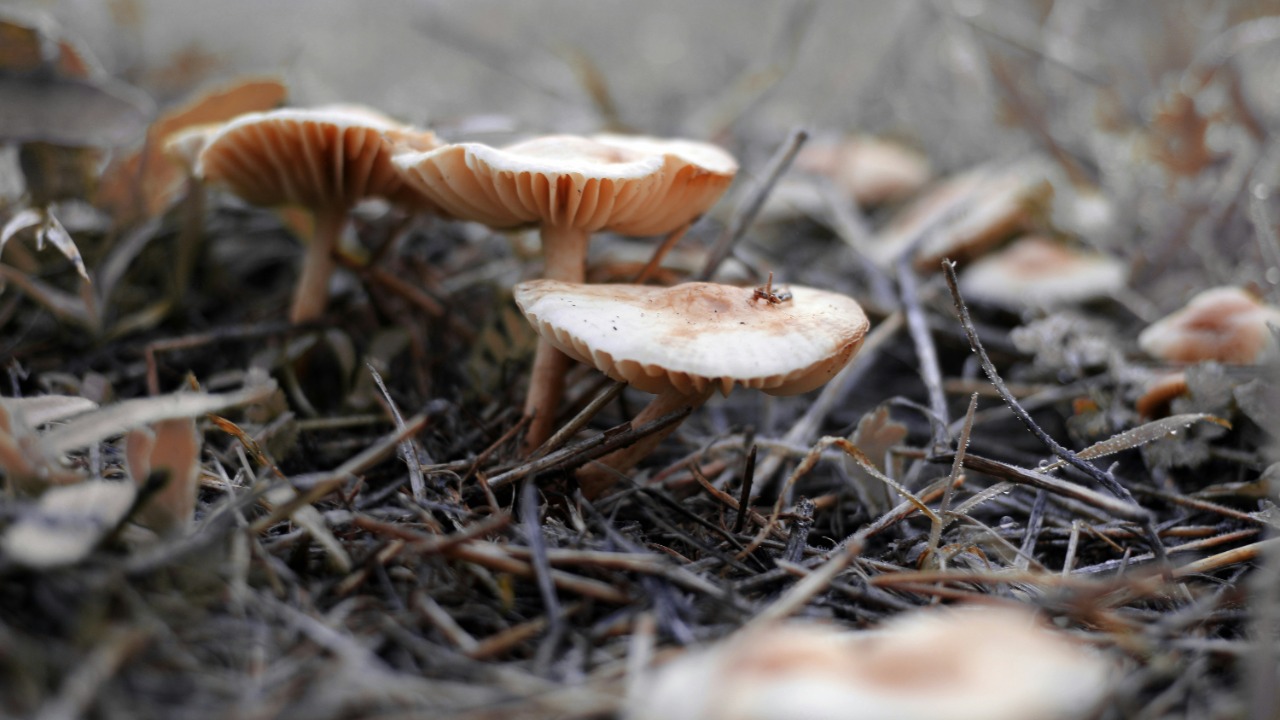
Recent scientific revelations have shed light on the critical role of soil mycelium, an intricate network of fungi, in carbon storage. These fungi networks astonishingly store approximately 36% of the annual CO₂ emissions from fossil fuels, thereby playing a pivotal role in the fight against climate change.
The role of mycelium in the carbon cycle
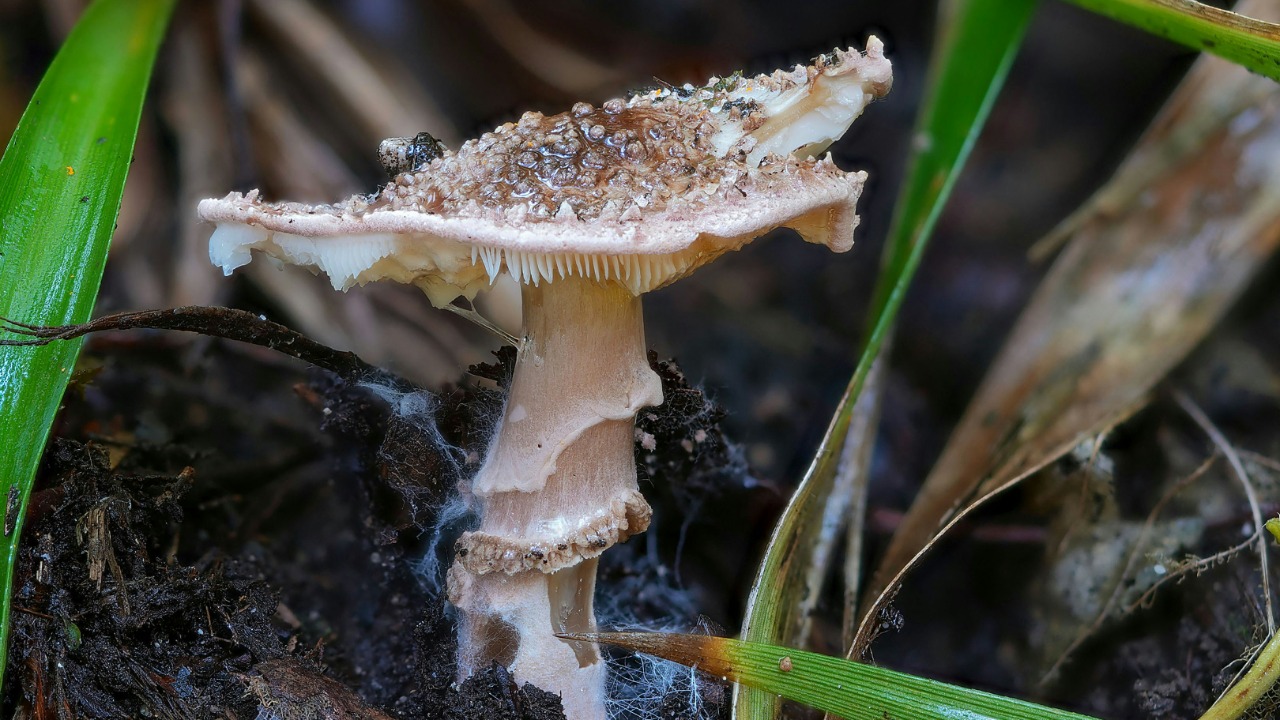
Mycelium, the root system of fungi, plays a significant role in the global carbon cycle. It absorbs carbon from its surroundings, converting it into a form that can be stored within its complex network. This absorption occurs as the fungi decompose organic matter, a process that releases carbon dioxide. However, a significant portion of this carbon is retained within the mycelium itself, rather than being released back into the atmosphere.
The impact of mycelium on the global carbon balance cannot be overstated. By storing carbon, mycelium helps to regulate the amount of CO₂ in the atmosphere, thus playing a key role in mitigating climate change.
Understanding Soil Mycelium
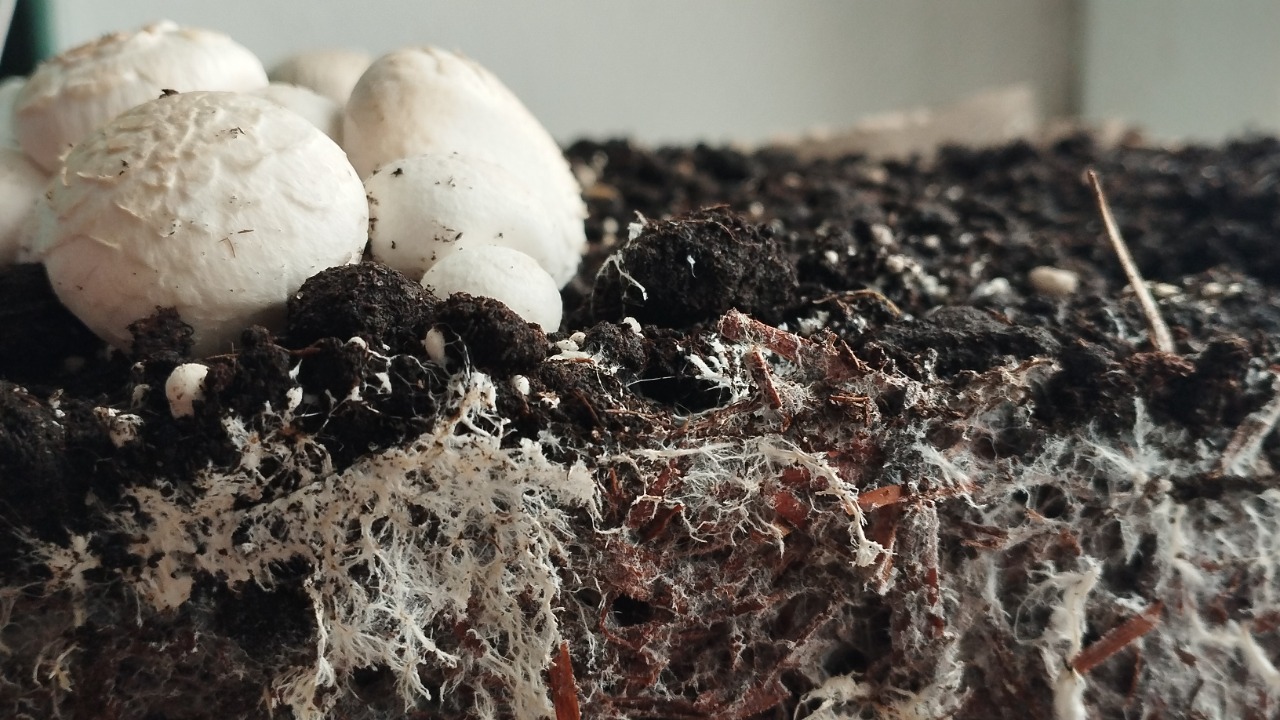
Soil mycelium refers to the extensive network of fungi filaments, or hyphae, present in soil. This network, which can extend for miles within a single cubic inch of soil, functions as a kind of underground internet, facilitating communication and resource sharing among plants. The mycelium network also plays a crucial role in soil health, contributing to its structure and fertility.
Soil mycelium is an essential part of ecological systems. By decomposing organic matter, it helps to recycle nutrients, making them available for plant uptake. Moreover, its role in carbon storage makes it a key player in global carbon dynamics.
Research Findings on Soil Mycelium CO₂ Storage
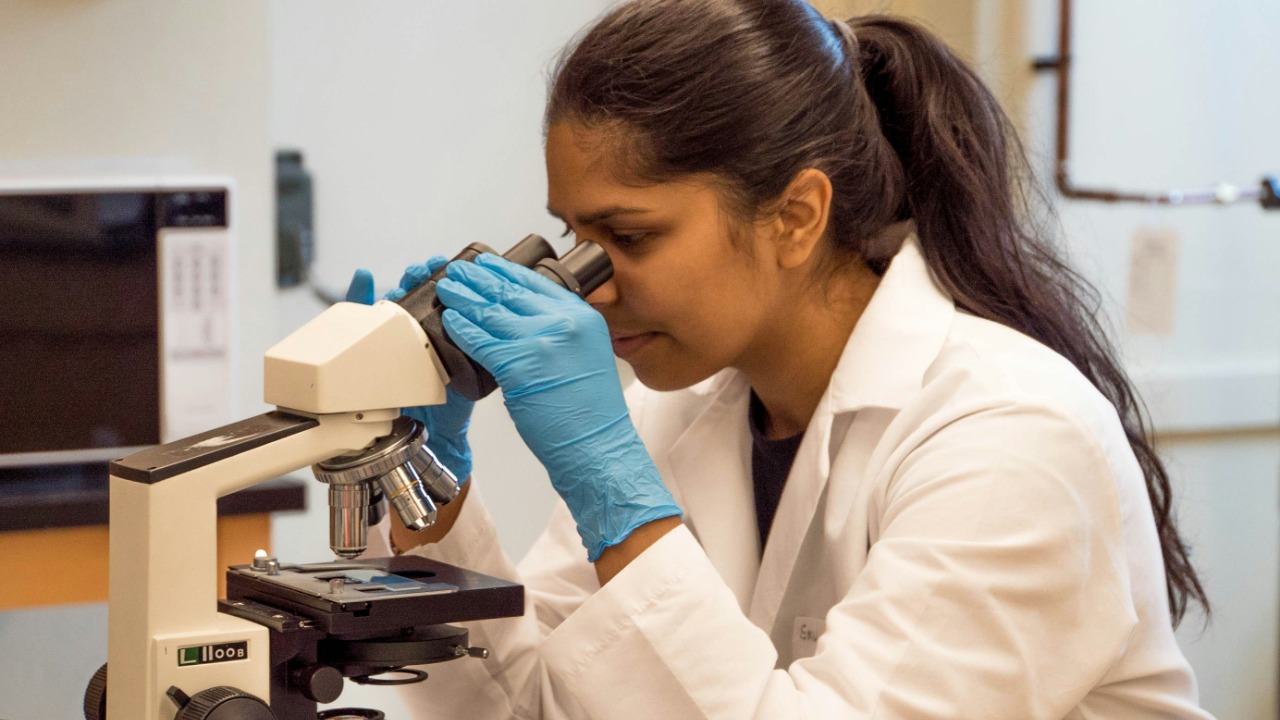
Recent research has provided fascinating insights into the carbon storage capabilities of soil mycelium. According to a study published in Science Daily, soil mycelium is estimated to store around 36% of the carbon emissions from fossil fuels annually. This amount is equivalent to approximately 5.5 billion tons of carbon dioxide, a staggering figure that underscores the importance of these fungi networks in climate change mitigation.
The methodologies used in these studies involved detailed analyses of soil samples, using advanced techniques to quantify the amount of carbon stored in the mycelium. These findings highlight the significant, yet often overlooked, role of soil fungi in global carbon dynamics.
Mycelium and climate change mitigation
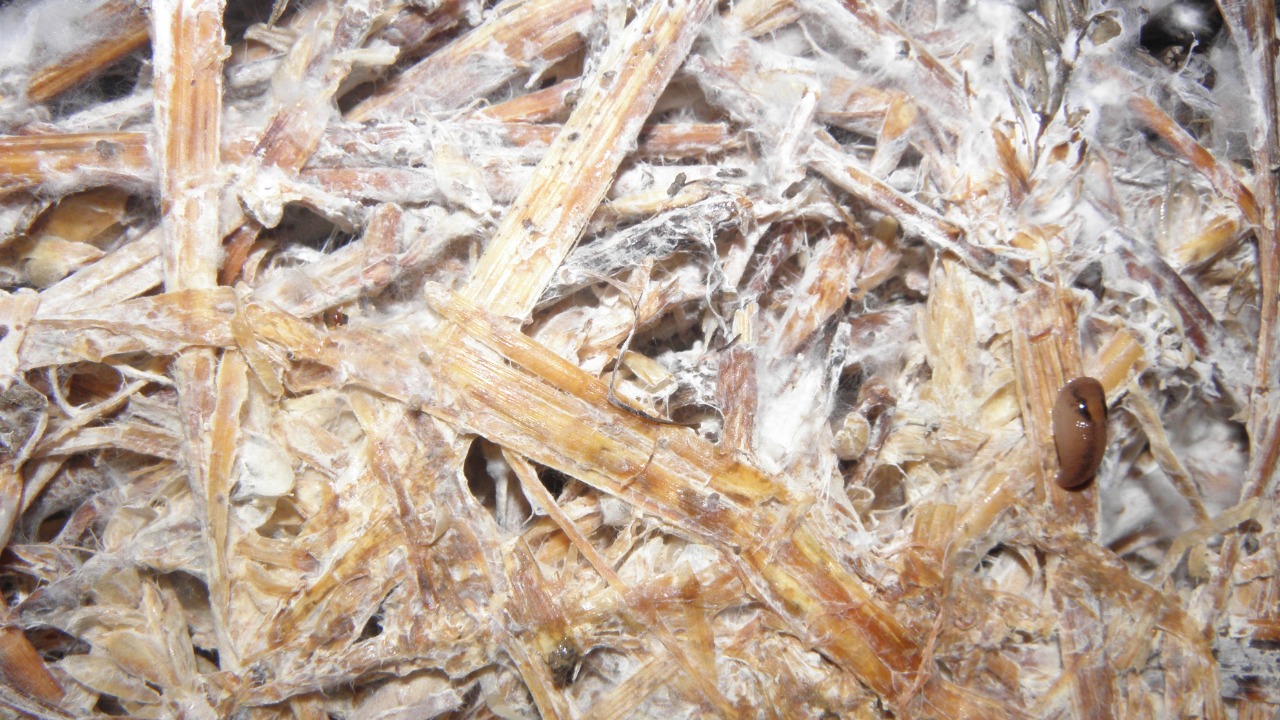
Mycelium’s capacity to absorb and store carbon makes it a potential ally in our efforts to mitigate climate change. By storing carbon, mycelium helps to reduce the amount of CO₂ in the atmosphere, thus helping to slow global warming. Moreover, the potential for mycelium to be used in future climate change strategies is being increasingly recognized by scientists and policymakers alike.
For instance, research into mycelium-based carbon capture technologies is ongoing, with promising results. These innovations could potentially harness the carbon storage capabilities of mycelium on a larger scale, providing a sustainable and effective solution to the global carbon crisis.
The Relationship Between Mycelium and Fossil Fuels
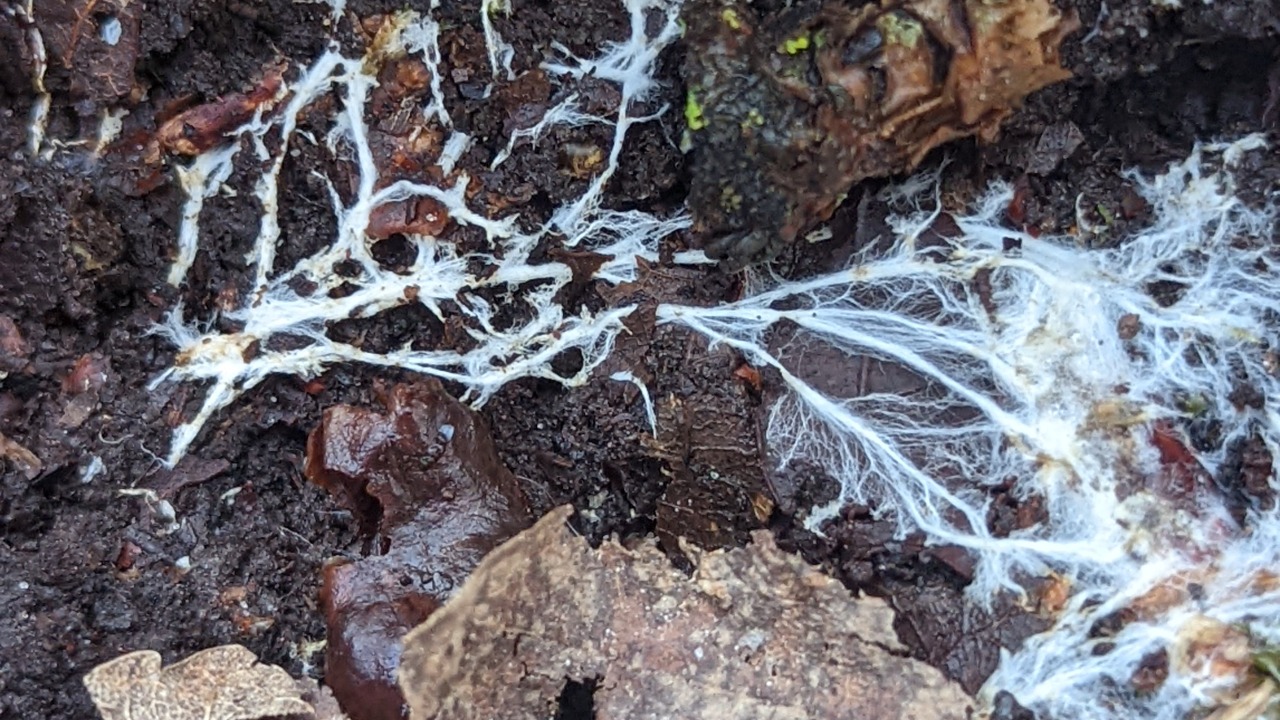
Mycelium interacts with carbon from fossil fuels in a unique way. When fossil fuels are burned, they release CO₂ into the atmosphere. Some of this CO₂ is absorbed by mycelium, which converts it into a form that can be stored within its network. This process helps to mitigate the environmental impact of fossil fuel consumption.
Moreover, the ability of mycelium to absorb CO₂ released from burning fossil fuels is crucial in the global carbon balance. By storing a significant portion of these emissions, mycelium helps to reduce the overall amount of CO₂ in the atmosphere, thus playing a vital role in climate change mitigation.
Comparisons to other carbon sinks
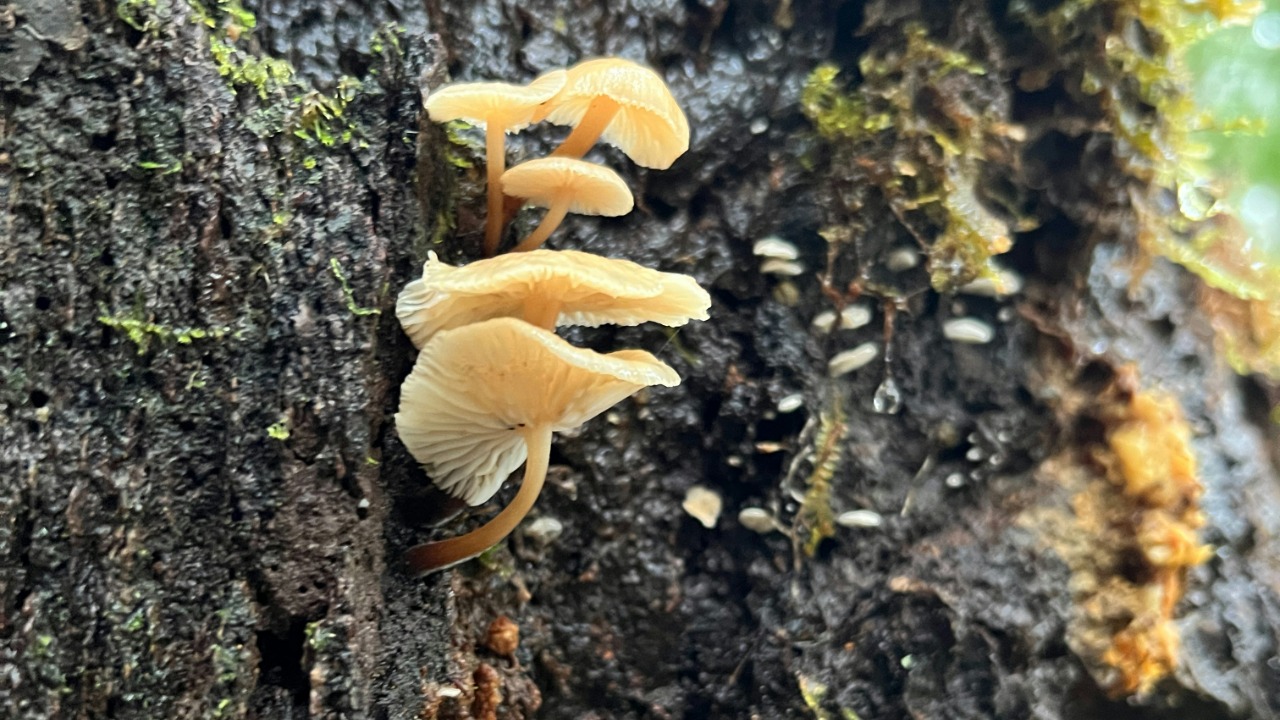
When compared to other natural carbon sinks, such as forests and oceans, mycelium’s carbon storage capabilities are truly impressive. According to an article published by Mongabay News, the amount of CO₂ stored by mycelium each year is comparable to that stored by all the world’s forests combined.
However, relying solely on mycelium for carbon storage has its challenges. Unlike forests, which can be easily seen and managed, mycelium networks are hidden underground, making them difficult to monitor and protect. Furthermore, threats such as soil degradation and climate change could potentially impact mycelium’s ability to store carbon.
Threats to Mycelium and their Carbon Storage Potential
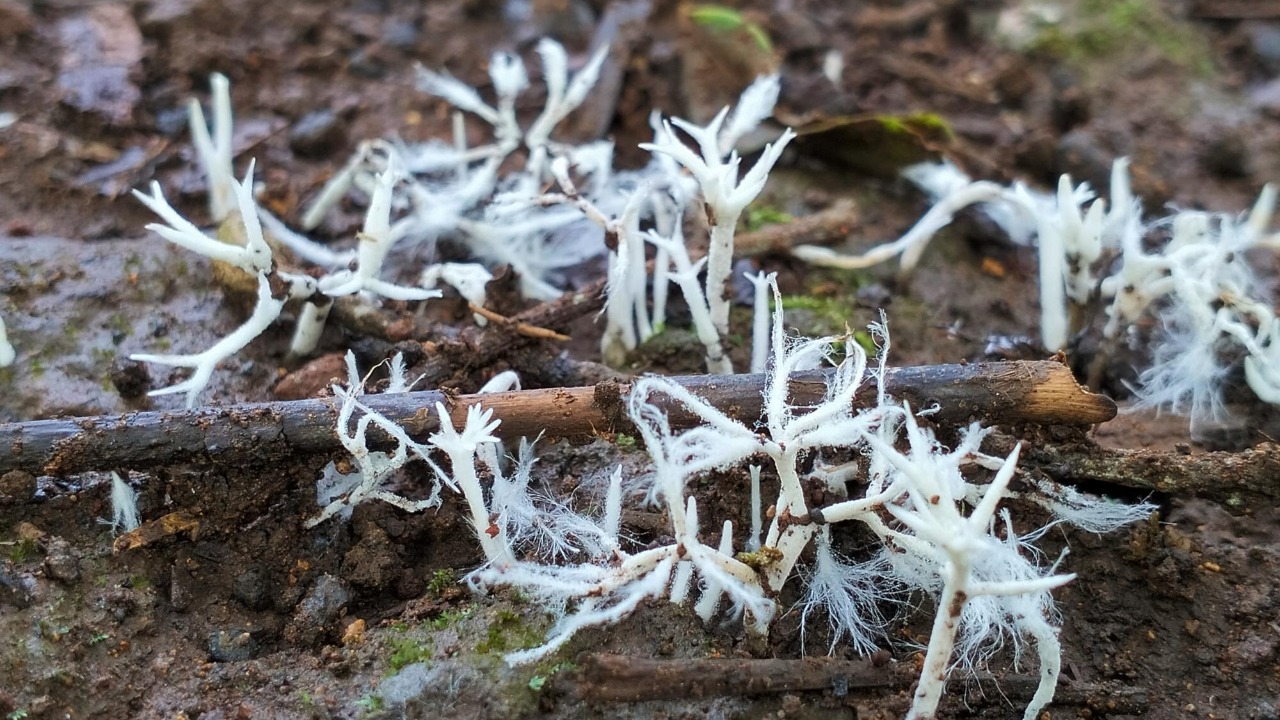
Mycelium faces several threats that could potentially impact its ability to store carbon. Soil degradation, caused by factors such as deforestation and unsustainable farming practices, can disrupt mycelium networks and reduce their carbon storage capacity. Moreover, climate change itself poses a threat, as higher temperatures and altered rainfall patterns can affect the health and functioning of soil fungi.
Understanding these threats is crucial in order to protect and enhance the carbon storage potential of mycelium. Conservation efforts must be geared towards preserving soil health and biodiversity, thus ensuring the survival and functioning of mycelium networks.
Future Research and Innovations in Mycelium-based Carbon Capture
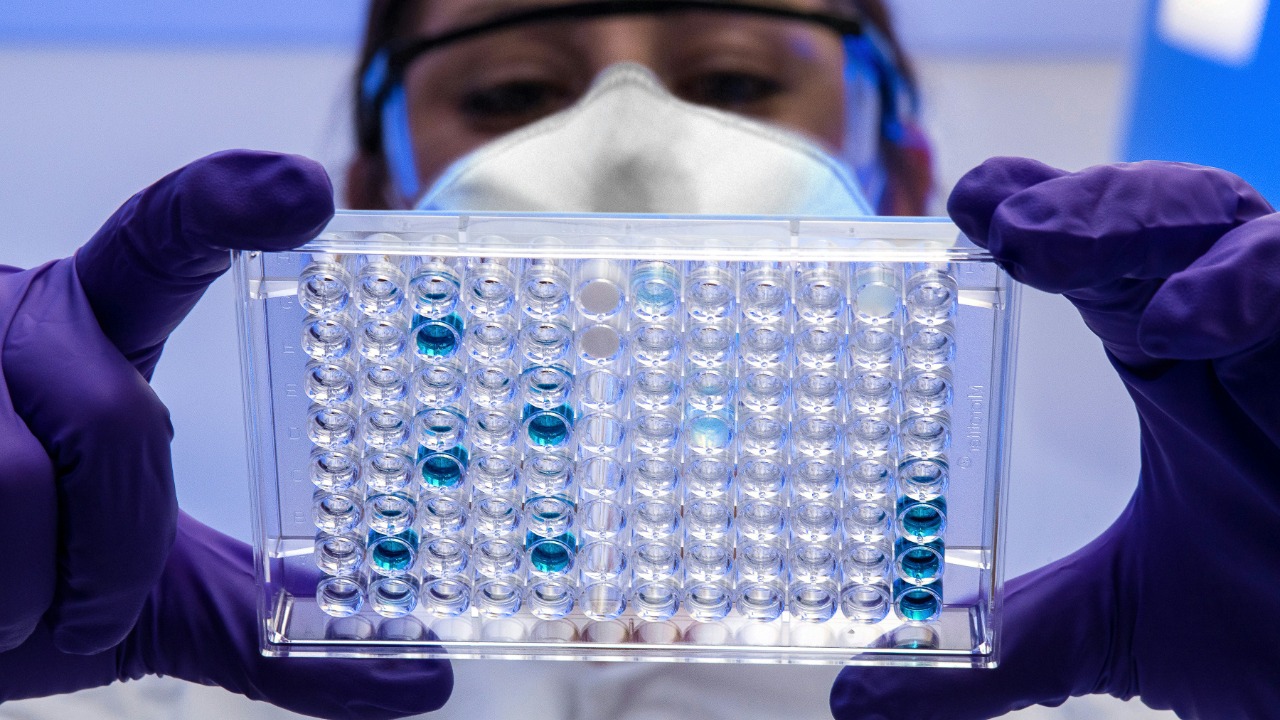
Ongoing research into maximizing mycelium’s carbon storage capabilities holds much promise. Scientists are exploring ways to enhance the carbon capture potential of mycelium, both through natural means and through technological innovations. For instance, research is underway to develop mycelium-based materials that can absorb and store CO₂ on a large scale.
Potential innovations in mycelium-based carbon capture technology could revolutionize our approach to climate change mitigation. By harnessing the power of nature, we could potentially develop sustainable and effective solutions to the global carbon crisis.
Practical Implications and Policy Recommendations
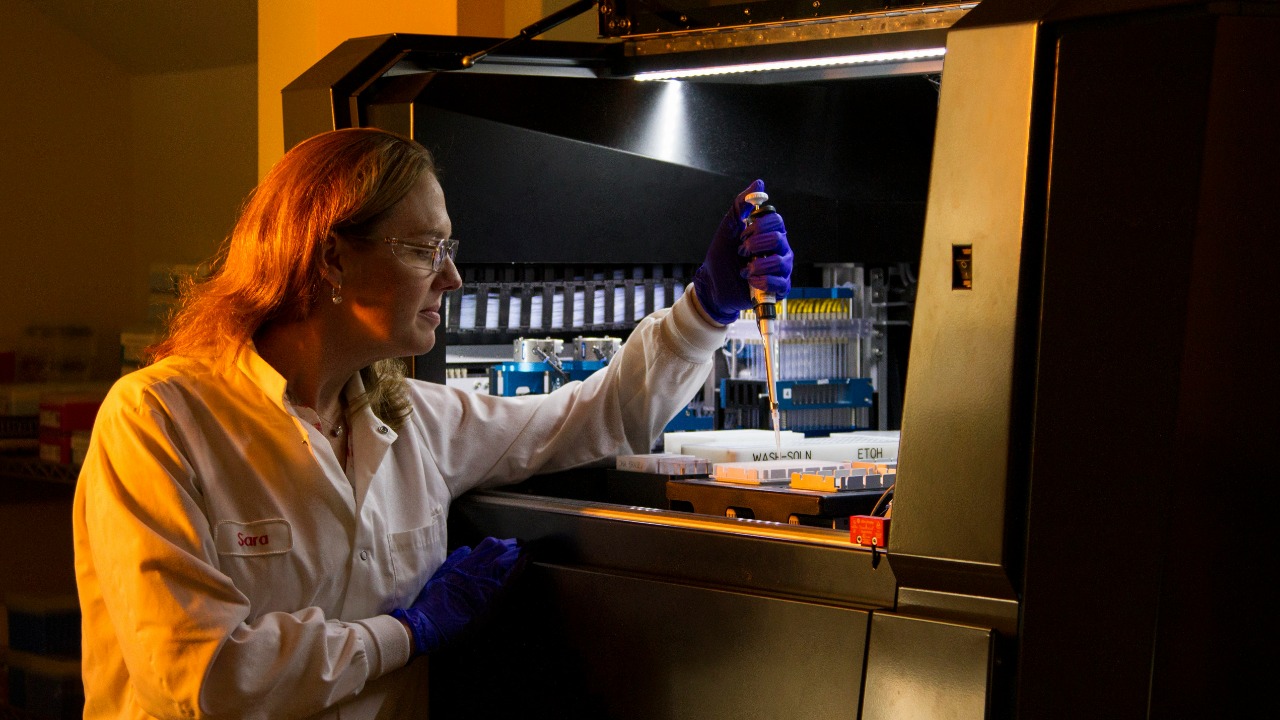
The findings about mycelium’s carbon storage capabilities have practical implications for a range of sectors. For instance, farmers and land managers could potentially enhance the carbon storage capacity of their lands by promoting mycelium growth. Moreover, the development of mycelium-based carbon capture technologies could provide new opportunities for the green technology sector.
Policy recommendations based on these findings include the need to protect and enhance soil health, which is crucial for mycelium growth and functioning. Policymakers should also consider incorporating mycelium in climate change strategies, recognizing its potential as a natural carbon sink. Furthermore, investment in research and innovation in mycelium-based carbon capture technologies should be prioritized.
In conclusion, soil mycelium plays a crucial role in the global carbon balance, storing a significant portion of the CO₂ emissions from fossil fuels. Recognizing and harnessing this potential could provide a powerful tool in our fight against climate change.